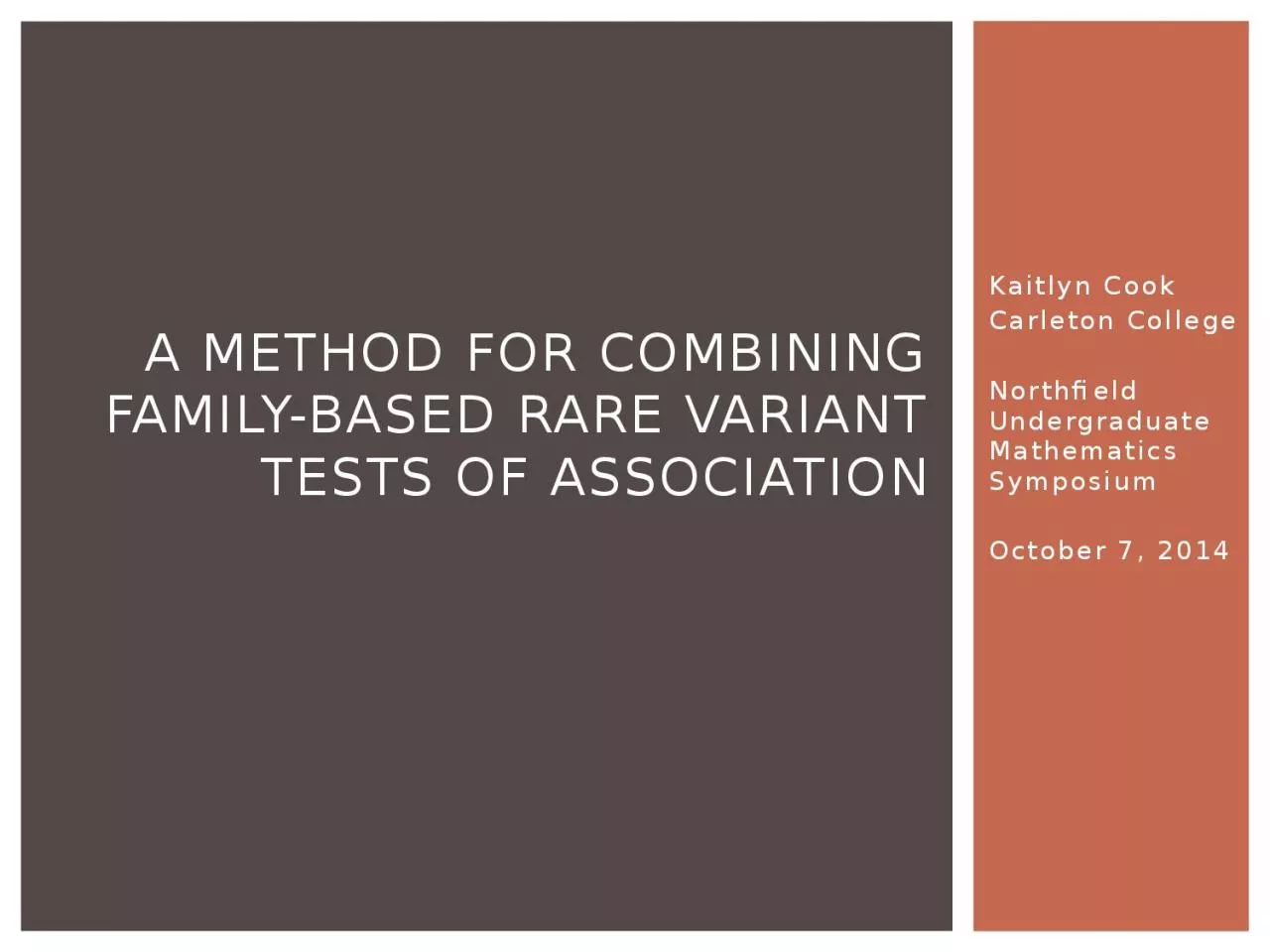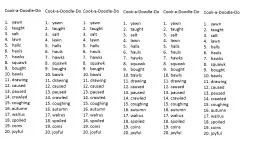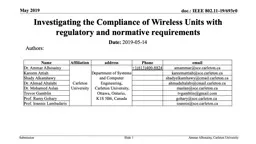PPT-Kaitlyn Cook Carleton College
Author : fiona | Published Date : 2024-03-13
Northfield Undergraduate Mathematics Symposium October 7 2014 A method for combining familybased rare variant tests of association Genetic information stored in
Presentation Embed Code
Download Presentation
Download Presentation The PPT/PDF document "Kaitlyn Cook Carleton College" is the property of its rightful owner. Permission is granted to download and print the materials on this website for personal, non-commercial use only, and to display it on your personal computer provided you do not modify the materials and that you retain all copyright notices contained in the materials. By downloading content from our website, you accept the terms of this agreement.
Kaitlyn Cook Carleton College: Transcript
Download Rules Of Document
"Kaitlyn Cook Carleton College"The content belongs to its owner. You may download and print it for personal use, without modification, and keep all copyright notices. By downloading, you agree to these terms.
Related Documents














